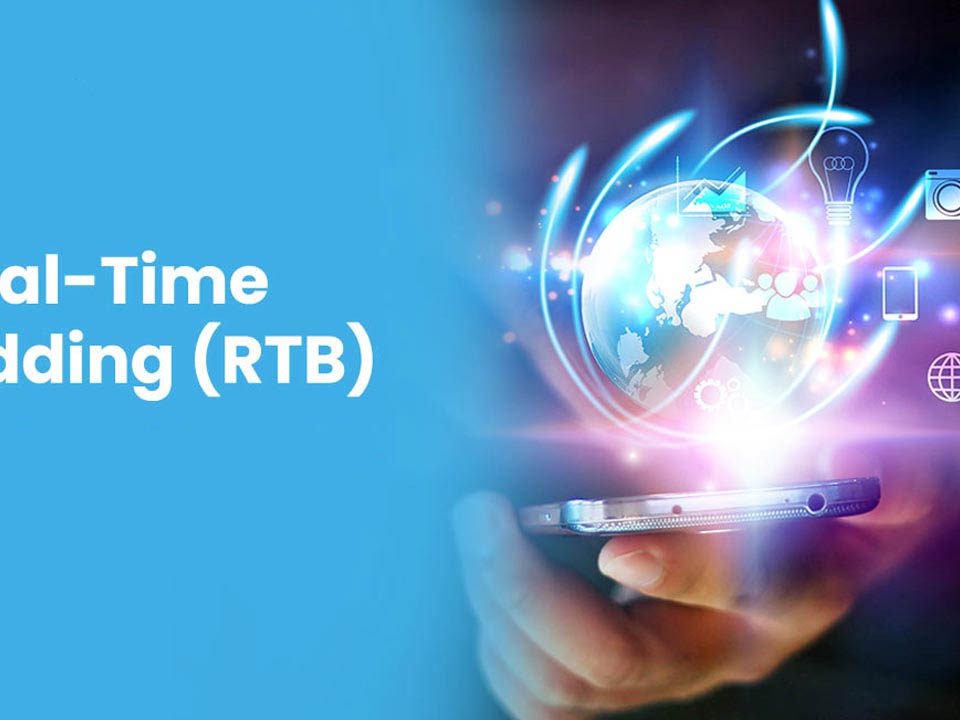
Eat-Full-Form Advertising for Effective Outreach
February 28, 2025
What is Commercial Advertising?
March 5, 2025To Understand the Elements of Advertising
In this digital-first world where everything is fast-paced, advertising has become the best tool businesses—large or small—need to hook onto their target audience. In this world where much is distracting, in this marketplace where many brand names are battling for attention, these elements have perhaps never been more crucial. After all, effective advertising promotes a product or service, but it also has to be there to establish a brand identity and customer loyalty. What are some of these essential elements that carry the day for the
Key Components of Advertising

- Message: The advertisement should be exciting and, more importantly, directed toward fulfilling consumer wants or needs. A good, creative message forms the heart of the campaign because it will be the foundation of the whole process. Whether it’s extolling the unique virtues of the product or those of the brand itself, the message must reach your target customers and compel them to take action.
- Media: Choosing the most suitable medium is critical for effective access to the target market. With the existence of such numerous media, there is ample choice, from traditional media like broadcast television, radio, and print to digital media, social media, and search engines. Whatever the preferences of the target market and whatever the goals of the campaign are, the right media will depend on them. Taking a channel-optimized mix increases both reach and engagement.
- Planning: Timelines play a significant role in the success of an advertisement campaign. There is always a time for the audience to accept the message. Seasonal trends and events may also affect the performance of ads. For instance, the promotion of some products may run well during the holiday season due to the high interest of the consumers in those products.
- Audience Targeting: Advertising must target the correct people or target market. The advertiser requires demographic factors like age, gender, income level, and psychographics such as interests and lifestyle. Advertisers can message and choose media better suited for effective customer connections through audience segmentation and the development of detailed customer personas.
Knowing the Basic Components of Advertising: A Step-by-Step Analysis
- Message

- Core Message: The advertising message needs to be relevant, attention-grabbing, and communicating.
- Consumer Needs: A good ad message should speak directly to consumer needs, pains, or desires.
- Consistency: Consistency of the message across mediums ensures that the brand identity is consistently communicated.
- Emotional Appeal: Messages that are emotional—happiness, fear, excitement—often have a better impact and are more remembered.
- Medium

- Digital Channels: Websites, social media, email marketing, and other digital ads are significant in helping reach tech-savvy consumers.
- Traditional Media: Of course, print, television, and radio remain relevant for specific cohorts and add credibility to a campaign.
- Social Media Platforms: Every platform has different features, and marketers have to appeal to the specific characteristics of different audiences through various aspects.
- Choice of the Right Vehicle: The choice of a vehicle for communication efforts should focus on where the audience hangs out and what type of information delivery pleases them.
- Target Market

- Demographics: Knowing age, gender, and location can help tailor the ad to specific market groups.
- Psychographics: Information about lifestyle, interests, and values provides greater insight into how you might communicate with the target audience.
- Behavioural Data: All online behaviour says online behaviour (search history, purchasing habits) to more personalised and relevant ad campaigns.
- Segmentation: Segmentation of the audiences can lead to very targeted and message-effective ones.
- Creative Execution

- Visuals and Graphics: Catchy visuals can do much more to beautify an advertisement.
- Tone and Style: The tone should be matched with the personality that your brand owns and will stick out to the audience you have targeted.
- Storytelling: Story-telling messages elicit more richness in engagement than non-story-telling ones and are easier to consume, even with the most brutal messages.
- Creative Design: Unique creative designs give freshness to the advertisement in a very congested marketplace.
- Call-to-Action (CTA)

- Clarity: A clear CTA should not leave any scope for confusion over which action is expected as a result of exposure (e.g., “Buy Now,” “Sign Up Today”).
- Urgency: A call-to-action that creates urgency prompts faster action (e.g., “Limited Offer,” “Hurry, Don’t Miss Out!”).
- Visibility: The call to action should be evident and apparent in the ad.
- Relevance: This should align with the overall theme and campaign objective.
- Timing and Frequency

- Best Time: Timing is crucial to a campaign. Considering seasonality, holidays, and consumer behaviour will help in proper planning.
- Frequency: Repetition will strengthen a message, but too much of it may cause ad saturation.
- Seasonal Relevance: You need ads related to current events or something seasonal, which makes them more relevant and engaging.
- Ad Scheduling: Google Ads or Facebook Ads Manager can also determine when to present ads to a particular audience.
- Budget Allocation

- Channel-Specific Budgets: Allocate budget to different channels based on the ROI of every channel.
- Testing and Optimization: Test different ad formats and messages with a smaller budget to better leverage the company while scaling up.
- Monitoring Performance: Monitor which ads perform well and adjust the budget accordingly.
- ROI: Any dollar invested should yield overall benefits for the campaign, whether brand or direct activity.
- Consumer Engagement

- Interactive Ads: Quizzes, polls, or AR experiences can get increased recall and participation.
- Personalisation: Using the customers’ names and previous conversations with customer service makes the ad more effective.
- Mechanism of Feedback: The freedom to let customers comment or give feedback on a link can eventually result in maintaining healthier connections with them.
- Social Media Interaction: Social media ads that ask questions or simply request an opinion could generally relate better to people.
- Emerging Trends

- AI and Automation: It is possible to create technology-enabled quick-and-dirty ads using AI.
- Sustainability and Social Responsibility: Consumers have become accustomed to deciding which brands can display corporate responsibility.
- Interactive Content: This includes content related to augmented reality (AR), virtual reality (VR), and, finally, the ‘buy-now’ posts.
- Short-Form Video: TikTok and Instagram Reels demonstrate consumers are more interested in short-form, engaging video content.
- Tracking and Optimizing Performance

- KPIs (Key Performance Indicators): Identify the key performance indicators, such as click-through rate, impressions, and conversions.
- A/B Testing: Having different versions of ads to see what works and what does not.
- Real-Time Analytics: Using tools like Google Analytics and social media insights to see how things are doing and adjust based on those insights leads to sustainable success.
Final Words: Mastery of the Elements of Advertising
Understanding the core elements of what this post speaks to, a successful ad campaign is built upon. Using the right message, suitable medium, and creative engagement with the target audience enables brands to gain more visibility, build lasting relationships with their customers, and tell a story. Selling is just part of it, for creating a relationship pays long after one ad campaign is over.
- Build into the Appropriate Message: A message should be clear and relevant to meeting consumer needs or desires.
- Use an Appropriate Medium: Choose among digital, print, broadcast, or social media to reach your audience.
- Use Creativity in Engaging with the Audience: Design and story narratives highly enhance the strength of your advertisement.
- Build Relationship Storytelling: Focus on relationship storytelling, allowing loyalty and advocacy among your audience.
Mastering these pieces will enable businesses to shift their advertising efforts into gear. Advertising is a powerful means of driving growth, enhancing brand perception through better positioning and improving the long-term outcomes that result from advertising.
Keep in mind the principles discussed when embarking on an advertising journey so that the campaigns are attention-grabbing, loyalty—and advocacy-producing, and endearingly close and appreciable.




